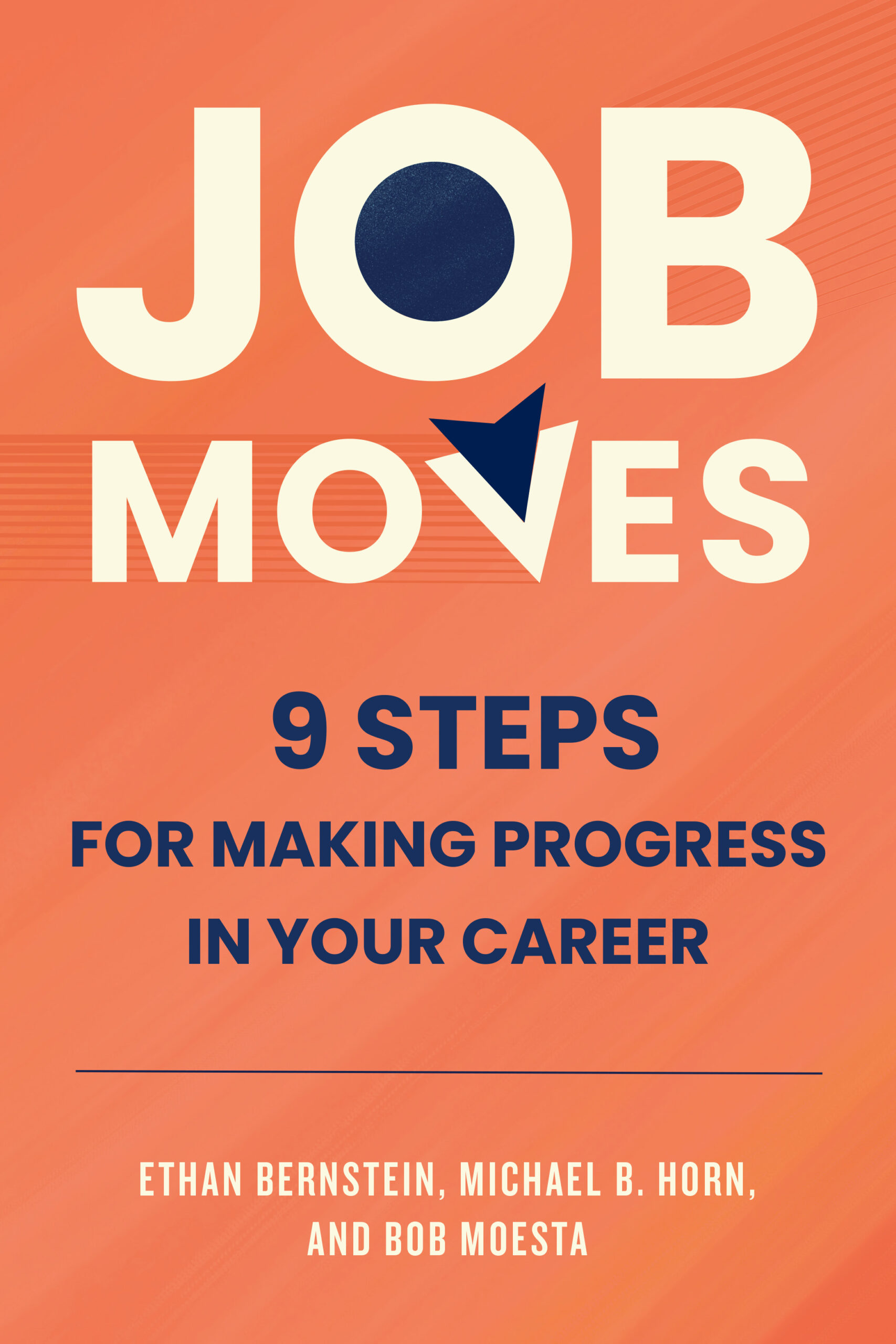10 Trends Ahead for Continuing Education
By Michael B. Horn, Amber Laxton, and Yury Lifshifts
Introduction
Continuing education programs are poised for a breakthrough. More adults are enrolling in postsecondary education programs today than ten years ago, and this number is expected to reach historical highs in the next decade. Universities must respond to this shift in the student population with new student-centered learning models that accommodate adult learners’ distinct circumstances and equip them with the skills of a rapidly changing workforce. Few universities have the general operating structure in place to drive innovation at this scale and therefore must rely on their continuing education schools to lead the charge.
Given their expertise in adult education and relative autonomy from their parent universities, continuing education schools are an ideal place to not only test new ideas, but also to launch new programs. They are less bureaucratic, more responsive to industry and consumer needs, have less restrictive budget policies and procurement systems, operate under lower political pressure, and are often infused with the “startup mentality” throughout the organization. This level of autonomy is critical to respond to and pioneer disruptive innovations.
Universities cannot afford to wait to innovate. New competitors—from bootcamps to online and mobile course providers—are emerging with new programs that meet the specific needs of adult learners. Continuing education schools are in the best position to respond to this competitive challenge and keep universities relevant and thriving. This report describes emerging trends—and opportunities for innovation—that will define the leading continuing education schools of the future.

0 comments